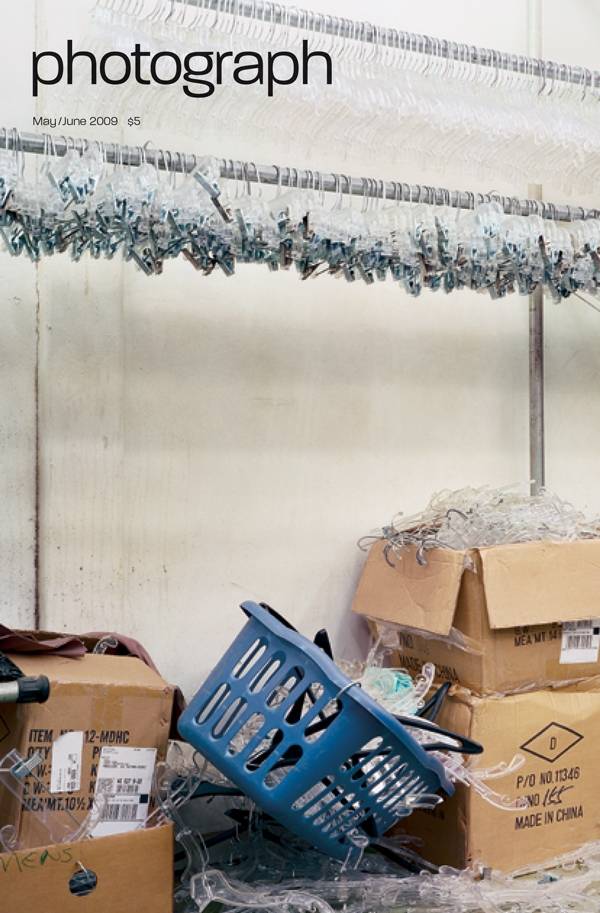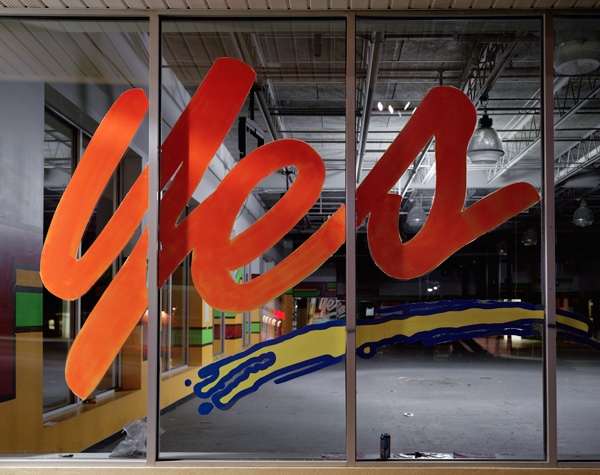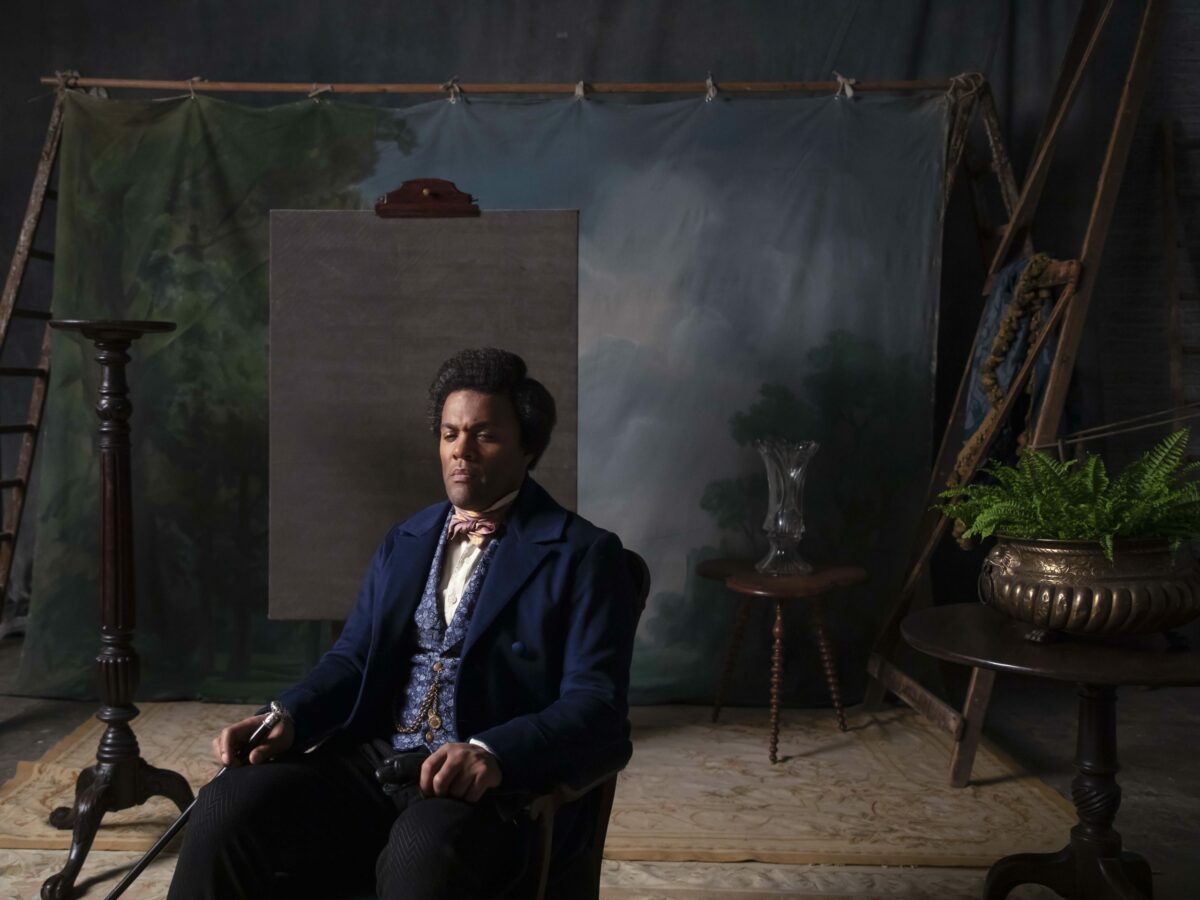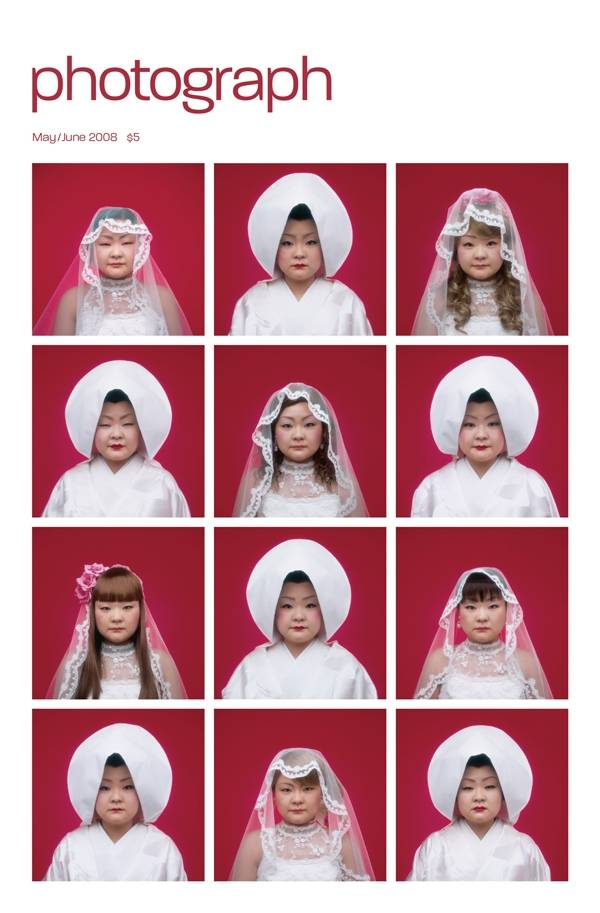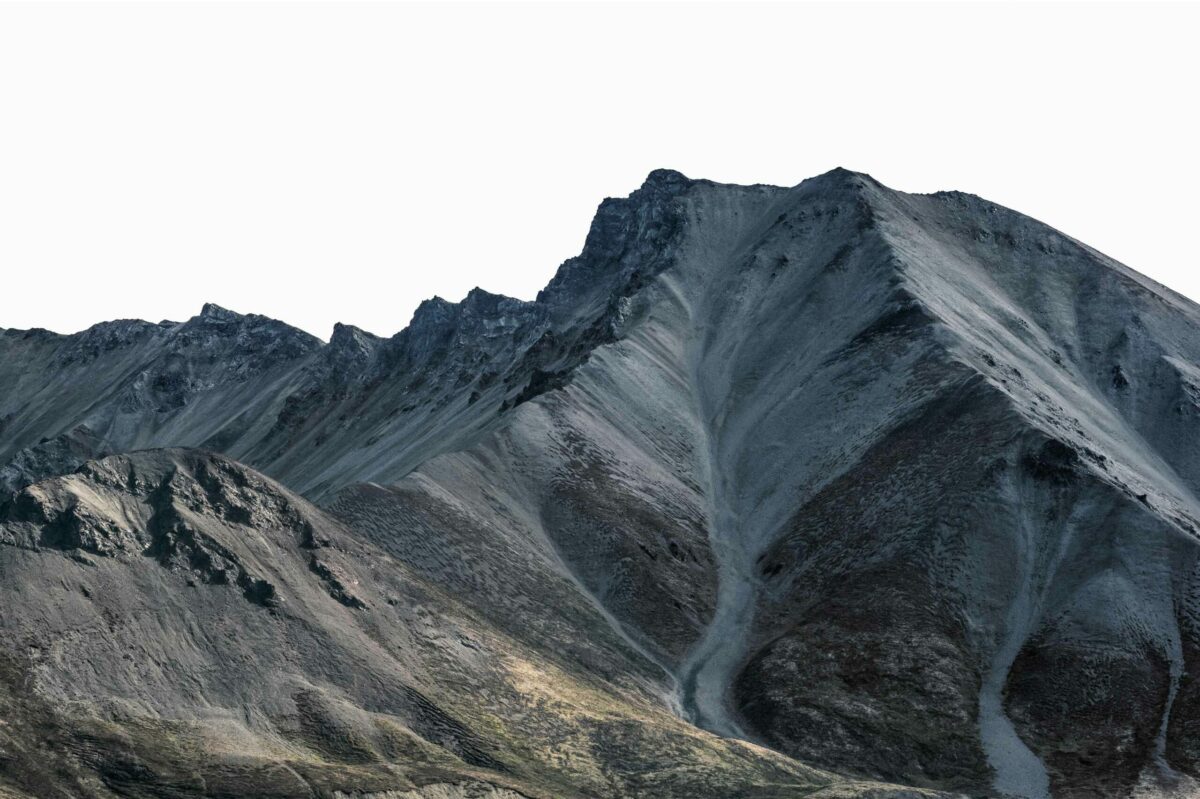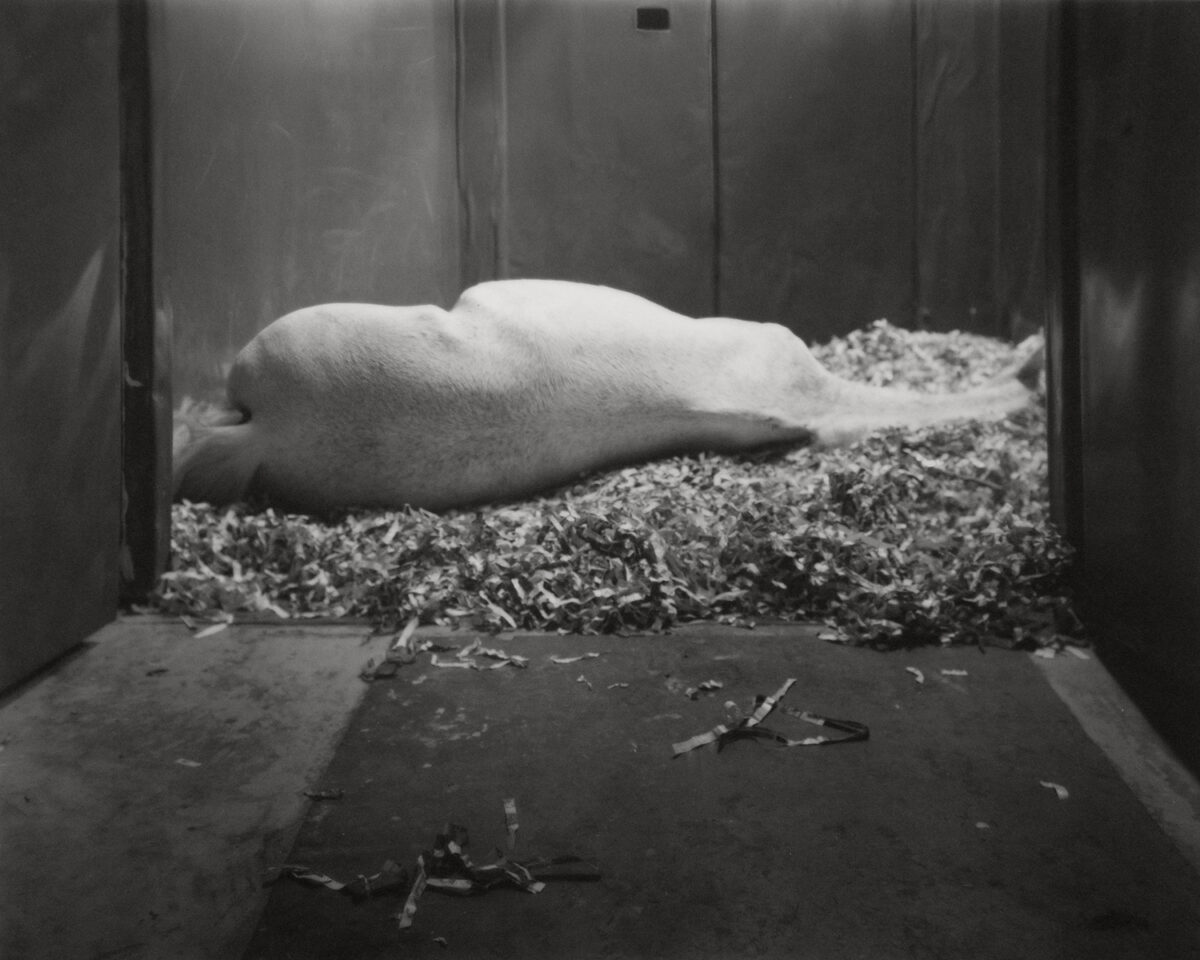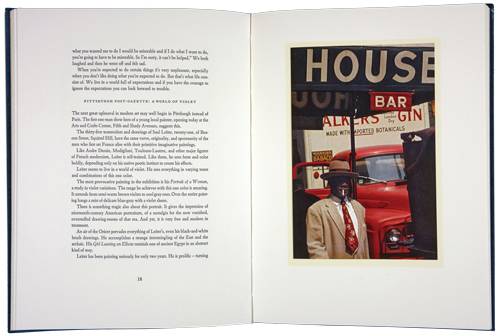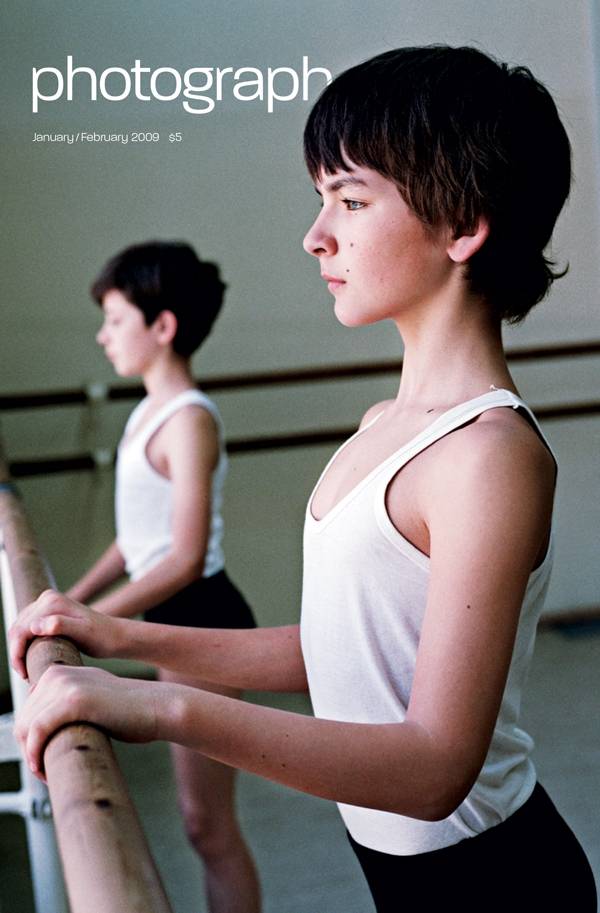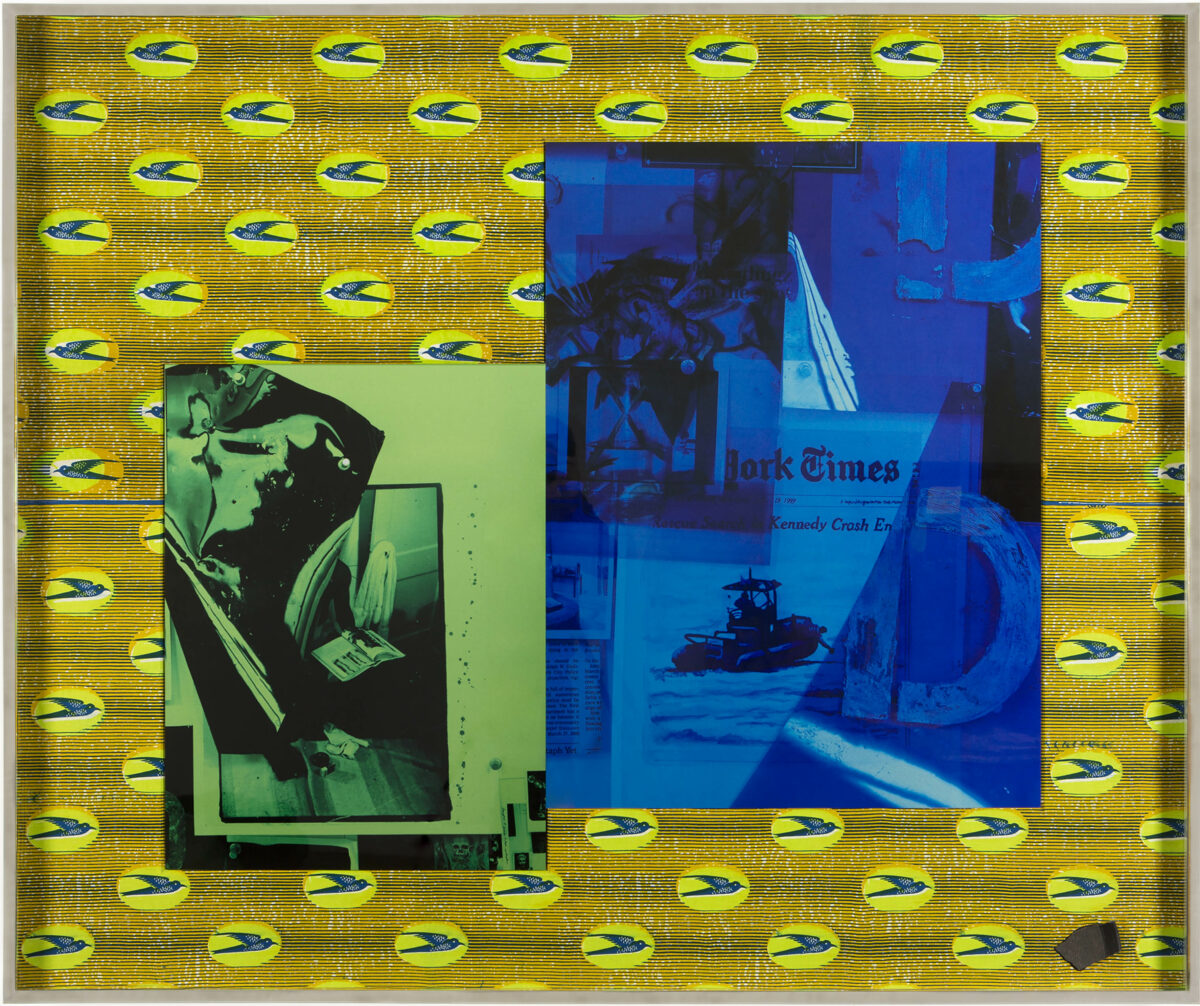Photography inures us to the world. Even when things are really awful and the tsunami is on its way, we want to keep looking. On some level, we probably think we’ll be able to take a really great picture of the Apocalypse, when we should be praying instead. Maybe Brian Ulrich, who was awarded a 2009 Guggenheim Fellowship, has already taken that picture. Madison, Wisconsin, 2005, the image on our cover, announces the end of the world as we know it. Ulrich, whose exhibition of work from the two series Thrift andDark Stores is on view at Chelsea’s Julie Saul Gallery from May 28 to July 3, has been on a mission since just after 9-11 and George W. Bush’s fatuous admonishment to consume for democracy. The show is a further installment of his ongoing Copia series, which seeks to alert our commodity-choked world that its unprecedented levels of consumption cannot last. Like Chris Jordan’s series Running the Numbers and almost every image by Edward Burtynsky, this is disaster photography of a different kind—documenting the ones our civilization is piling up every minute. The title of Ulrich’s website, NotIfButWhen.com, says it all in terms of calling us to face the music, but this photograph suggests it may already be too late. In contrast to the neatly stacked shelves and the K-Marts full of little girls’ plastic fantasies in his previous exhibition, in this show Ulrich reveals the chaotic ass-end of capitalism, the thrift shops—“last-stop repositories,” Julie Saul calls them—and consumerism’s tombstones of defunct, ghost-box stores, devoid of fantasy, glamour, and customers. The cover image is a shocking vision of a possible future, after a final collapse of resources, when nothing more can be manufactured except hangers and no one is buying, even from China. Other images in the exhibition detail a kind of colossal commodity dumping, with heaps of sneakers piled in back rooms, almost defying the idea of selling. Historically speaking, the work is far more ambitious than a mere catalogue of catastrophe. Remarks Saul, “Ulrich chronicles a profoundly seismic shift within society and implicitly asks the question, where do we go from here?” Like many of Ulrich’s images, this one relies on multiplication, but his attention to forgotten objects like plastic coat hangers provokes an intimate sense of despair. Call it collateral consumption: it provides a more telling index of the magnitude of a global economy of waste, an economy based on fantasies that these photographs relentlessly subvert. We can’t say he didn’t warn us, but given the toxic fallout from recent excesses of consumer capitalism, this may be the opposite of disaster gazing. Ulrich’s prescient image captures not merely the end of an era but the beginning of a new one, based on a realistic relationship to the things we make.
Categories

